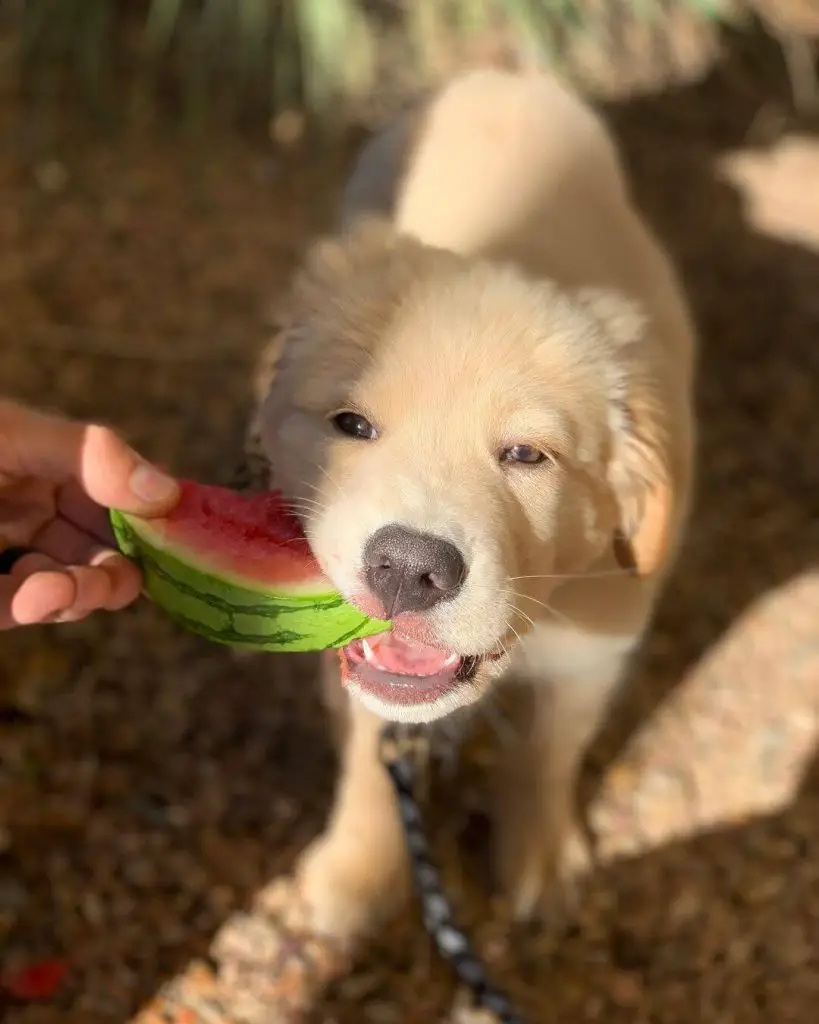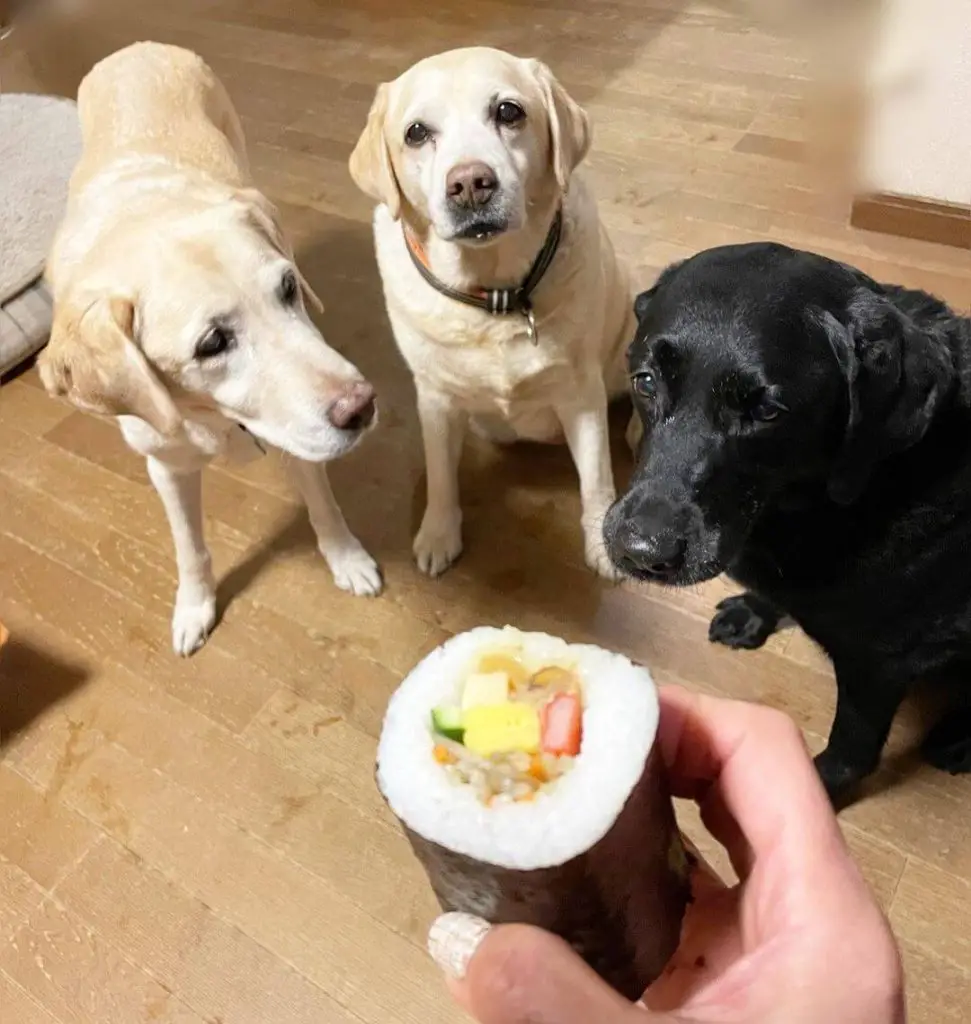Dogs are often known to be protective of their food and possessions, but for some dogs, this behavior can become a problem. Food guarding, when a dog becomes aggressive or defensive over food or treats, is a common behavior issue that can make feeding and training difficult. In this article, we will discuss the reasons why dogs may exhibit food guarding behavior and what you can do to prevent and address it.

Reasons for Food Guarding in Dogs
Food guarding is a natural instinct that can be seen in many species, including dogs. This behavior stems from the dog’s instinct to protect its resources and ensure its survival. In the wild, dogs had to fight for food, and this instinct can sometimes carry over into domestic life. The following are some of the reasons why dogs may exhibit food guarding behavior:
1 – Lack of early socialization: If a puppy isn’t exposed to different people and animals while they are young, they may become more protective of their food as they get older.
2 – Previous traumatic experiences: Dogs who have had negative experiences with food, such as being stolen or having their food taken away, may become more protective of their food.
3 – Health issues: Some dogs may guard their food due to dental problems or digestive issues that make eating painful.
4 – Territorial behavior: Dogs may guard their food as a way to establish their dominance and territory in the home.

Preventing Food Guarding in Dogs
Preventing food guarding behavior is key to avoiding potential issues in the future. Here are some steps you can take to prevent food guarding in your dog:
1 – Socialize your puppy early: Exposing your puppy to different people and animals at a young age can help them become more confident and relaxed around others.
2 – Avoid taking food away: Never take food away from your dog while they are eating. This can cause them to become more protective of their food and increase the likelihood of food guarding behavior.
3 – Introduce new people and animals slowly: If you have new people or animals entering your home, introduce them slowly to your dog to reduce the chance of food guarding behavior.
4 – Teach “drop it”: Teach your dog the “drop it” command. This can help you to prevent and address food guarding behavior by giving you a way to get your dog to drop their food if necessary.

Addressing Food Guarding in Dogs
If you have a dog that is already exhibiting food guarding behavior, it’s important to address it quickly. Here are some steps you can take to address food guarding in your dog:
1 – Consult with a professional: Consult with a professional dog trainer or behaviorist who can help you address the underlying cause of the behavior and provide a customized plan to help your dog.
2 – Use positive reinforcement: Use positive reinforcement techniques, such as praise and treats, to encourage your dog to let go of their food or treats.
3 – Gradually desensitize: Gradually desensitize your dog to having people or other animals around while they are eating. Start by having people stand far away from your dog’s food and gradually move closer.
4 – Avoid confrontations: Avoid confrontations with your dog over food. This can only increase their food guarding behavior.
Food guarding is a common behavior issue in dogs, but it can be addressed with the right training and management techniques. By understanding the reasons why dogs may exhibit food guarding behavior and using positive reinforcement techniques, you can help your dog overcome this issue and improve their behavior.
